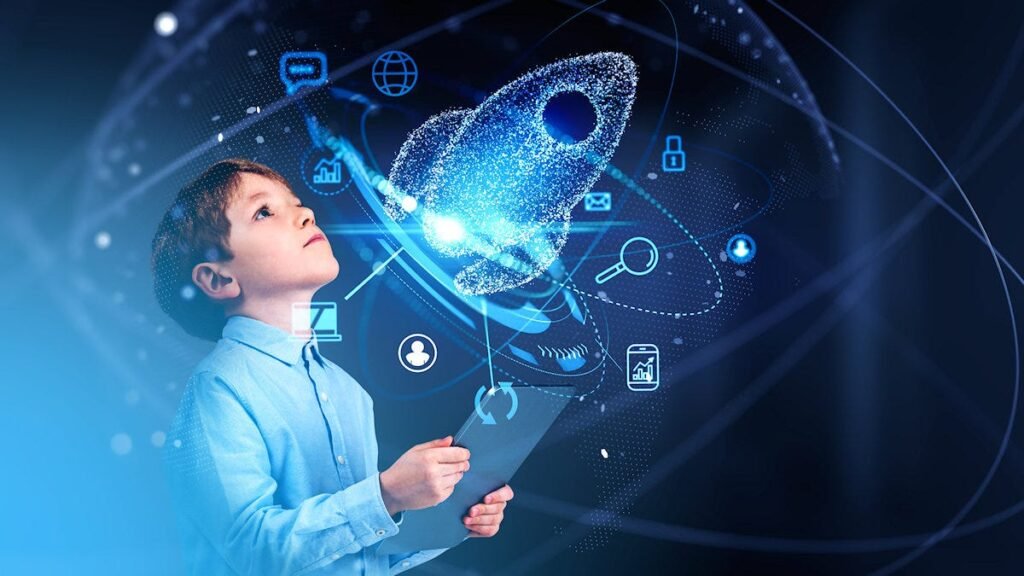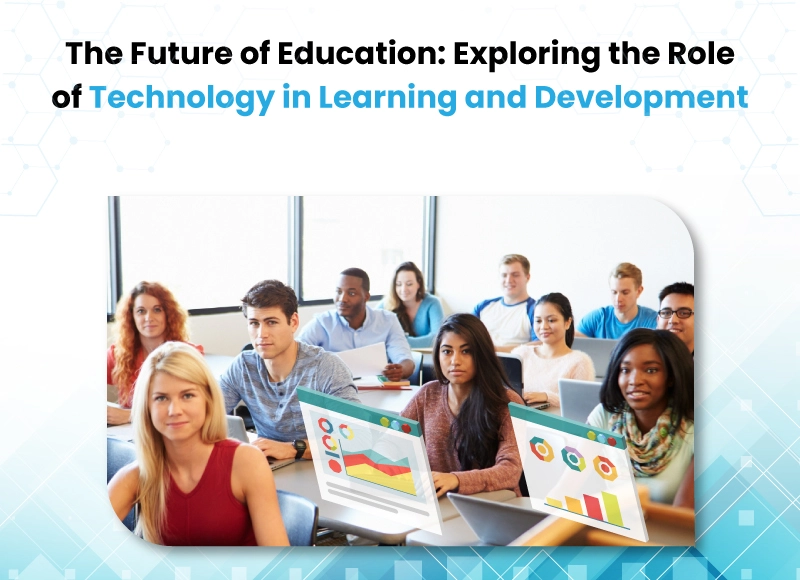
THE IMPACT OF TECHNOLOGY ON EDUCATION: SHAPING THE FUTURE SCHOLARS.
Technology has become a potent catalyst in the quickly changing field of education, disrupting conventional teaching techniques and opening the door to a brand-new era of learning. With significant ramifications for students, teachers, and the educational system at large, the use of technology into education is more than just a passing fad. This article examines the various ways that technology is influencing education and how it is influencing the next generation of academics in our world. A revolutionary era in education has begun with the introduction of technology, which has completely changed how knowledge is gained, disseminated, and used. It is impossible to exaggerate the impact of technology on the development of future scholars as we negotiate the complexity of the twenty-first century. This article explores the many ways that technology is impacting education, including interactive learning, worldwide networking, individualized learning, and ethical issues.Personalize Learning: Tailoring Education to Individual Needs
Customizing learning experiences is one of the biggest contributions of technology to education. Smart algorithms and adaptable learning platforms allow teachers to customize classes to each student’s unique needs and learning preferences. By eschewing a one-size-fits-all strategy, students can advance at their own speed, developing a joy of learning and a deeper comprehension of the subject matter. Technology also makes it possible for teachers to monitor pupils’ progress more successfully. Learning management systems and data analytics offer insightful information about each student’s strengths and shortcomings, enabling focused interventions. Technology makes learning more personalized and all-encompassing by filling in individual learning gaps.
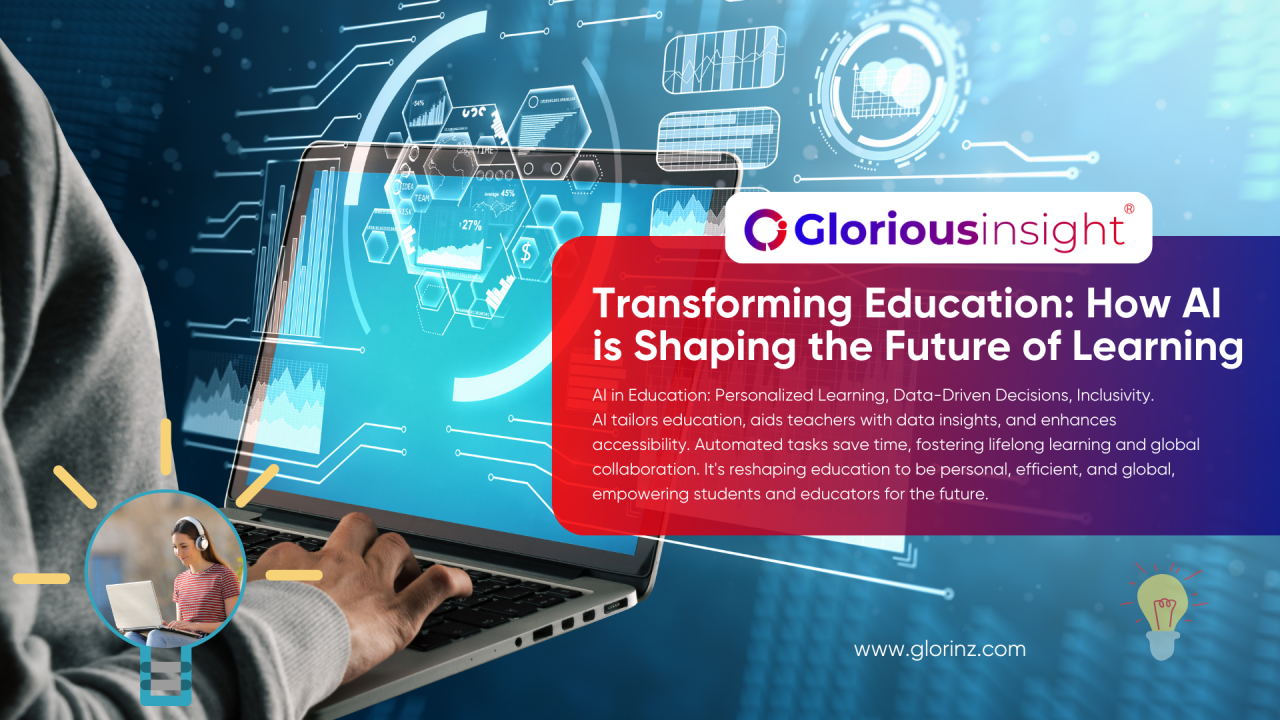
Access to Global Knowledge: Breaking Down Geographical Barriers
The globe is now a large knowledge base open to everyone with an internet connection thanks to the internet, which has completely changed how people access and share information. Due to the democratization of information, geographical boundaries are no longer an obstacle for students, who may now access resources from around the world and study from the world’s top teachers. Students are exposed to a worldwide community through virtual classrooms, online courses, and group projects, which broadens their horizons and gets them ready for a globalized future. Students can also keep up with the most recent advancements in their areas of interest thanks to the worldwide accessibility of information. This never-ending education cultivates curiosity and flexibility, two qualities that will be crucial for future researchers negotiating a constantly changing environment.
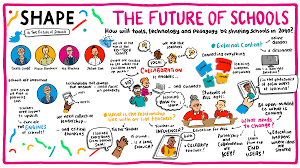
Interactive and Immersive Learning: Beyond Textbooks and Lectures
Thanks to technological improvements, interactive and immersive learning experiences are replacing traditional textbooks and lectures. Virtual reality (VR) and augmented reality (AR) are becoming increasingly potent instruments that convert intangible ideas into concrete, hands-on educational experiences. Consider a biology session where students can virtually dissect virtual species, or a history lecture where students can virtually explore historic civilizations. Consider a biology session where students can virtually dissect virtual species, or a history lecture where students can virtually explore historic civilizations. These immersive learning opportunities accommodate many learning styles in addition to increasing learner engagement. Particularly visual and kinesthetic learners gain from interactive simulations that make academic material come to life. Technology also makes it possible for teachers to establish virtual laboratories, doing away with the limitations of real spaces and supplies. In a virtual setting, students can carry out experiments, making mistakes and growing from them without facing any repercussions in the actual world. This improves safety while also promoting a hands-on learning style of instruction that is frequently absent from traditional classrooms. Technology also makes it possible for teachers to establish virtual laboratories, doing away with the limitations of real spaces and supplies. In a virtual setting, students can carry out experiments, making mistakes and growing from them without facing any repercussions in the actual world. This improves safety while also promoting a hands-on learning style of instruction that is frequently absent from traditional classrooms.
Collaborations and Communication: Preparing Students for the Digital Age
Collaboration and communication abilities are highly valued in the digital age. The way students collaborate and engage in this setting has been completely transformed by technology. Regardless of physical distance, communication and cooperation can be easily facilitated by online platforms, collaborative tools, and project management software. Technology enables meaningful interactions for students, whether they are working on group projects, participating in virtual debates, or having in-person talks. Along with preparing people for the challenges of the digital workplace, this fosters the development of critical abilities like cooperation, problem-solving, and clear communication. Furthermore, the opportunity for online collaboration exposes students to a variety of viewpoints and methods of operation. Overcoming cultural and geographic barriers, virtual teaming offers an insight into the increasingly worldwide nature of the business world. Students acquire abilities that are vital to their academic path and highly transferable to their future employment as they work through collaborative projects.
Instant Feedback and Assessment: Enhancing Learning Outcomes
In the conventional educational system, it can take a long time and frequently be frustrating to wait for test results or assignment feedback. This difficulty has been met by technology, which has made real-time feedback and assessment processes possible. To make sure that every learner is suitably challenged, adaptive learning systems, for example, have the ability to modify the level of questions based on a student’s performance. In addition to maintaining student engagement, this dynamic method to evaluation enables teachers to quickly pinpoint areas in which students need to improve. Instant feedback improves learning by creating a continuous feedback loop, which can be achieved by automated grading systems or personalized remarks. Technology also makes it easier for educators to make data-driven decisions. Teachers are able to assess each student’s performance, spot patterns in their lessons, and adjust their pedagogy accordingly. By ensuring that interventions are focused and successful, this evidence-based approach to education eventually improves overall learning outcome
Lifelong Learning: Adapting to the Dynamic Job Market
Success in today’s technology-driven, fast-paced environment requires a never-ending learning curve. The integration of technology in education is essential to promoting a culture of lifelong learning. Through webinars, microlearning modules, and online courses, people can stay up to date in their industries, gain new skills, and adjust to the constantly shifting demands of the labor market. The concept of lifelong learning goes beyond the traditional classroom setting. With the rise of Massive Open Online Courses (MOOCs) and e-learning platforms, individuals can access a wealth of knowledge from the comfort of their homes. This accessibility is particularly beneficial for working professionals looking to upskill or individuals seeking to explore new areas of interest. Furthermore, technology facilitates personalized learning pathways for individuals. Adaptive learning platforms can recommend courses based on a person’s career goals, current skill set, and preferred learning style. This tailored approach to education ensures that learners acquire the specific skills and knowledge needed to thrive in their chosen fields.
Addressing Educational Inequalities: Bridging the Digital Divide
While technology holds immense potential to positively impact education, it also highlights existing inequalities. The digital divide, the gap between those with access to technology and those without, remains a significant challenge. Bridging this gap is crucial to ensuring that all students, regardless of their socio-economic background, have equal access to the opportunities offered by technology. Initiatives aimed at reducing the digital divide include providing subsidized devices to students, implementing internet connectivity programs in underserved areas, and establishing community learning centers. These efforts are essential to create an inclusive educational environment where every student has the tools and resources needed to thrive in a technology-driven world. Moreover, addressing the digital divide requires a holistic approach that considers not only access to hardware and internet connectivity but also digital literacy. Digital literacy-focused educational initiatives give students the tools they need to safely and effectively navigate the online world. They also make sure that students have the knowledge and abilities needed to protect their digital identities, critically assess online content, and participate in society responsibly. Educational institutions play a vital role in fostering a more equitable and inclusive learning environment where all students may fully utilize technology to improve their education by proactively tackling the digital gap and encouraging digital literacy.
Ethical Consideration: Navigating the Challenge
Recognizing and addressing the ethical issues raised by the use of technology in education is crucial as we fully embrace the digital revolution. Careful thought must be given to matters like data privacy, internet safety, and the moral application of artificial intelligence (AI) in education. Because digital learning systems process such large volumes of personal data, privacy is a critical problem. It might be challenging to strike the correct balance between gathering information for pedagogical research and protecting students’ privacy. Strong data protection procedures must be put in place by educational institutions to guarantee that private data is treated carefully and in accordance with applicable laws. In a similar vein, a crucial component of digital education is online safety. There are a lot of concerns associated with cybersecurity threats, cyberbullying, and the possibility of illegal access to educational platforms. It is imperative that administrators and educators give top priority to putting strong cybersecurity safeguards in place in order to safeguard students’ online safety as well as the integrity of the curriculum. Further complexity is introduced by the ethical application of AI in education. While AI has enormous promise for tailored education and data-driven insights, algorithmic biases, accountability, and transparency raise ethical questions. application.
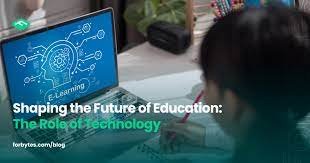
Conclusion: Shaping a Brighter Future through Technology
In summary, technology is profoundly revolutionizing education, offering diverse impacts such as tailored learning experiences, global connectivity, and interactive and immersive learning. The shift towards personalized learning acknowledges the individualized needs of students, fostering a deeper comprehension of knowledge. Global connectivity eliminates geographical barriers, providing access to diverse perspectives and preparing students for an interconnected world. Interactive and immersive experiences engage students in ways traditional methods cannot, making learning enjoyable and memorable. Collaboration and communication tools prepare students for the digital age, where communication and teamwork are crucial skills. Real-time feedback and assessment procedures enhance learning outcomes, ensuring timely support. The emphasis on using technology for lifelong learning equips individuals for continuous personal and professional development. However, addressing ethical considerations, digital literacy, and the digital divide is crucial for creating an inclusive learning environment. The convergence of technological innovation and human intellect is reshaping education, where students actively participate in their learning journey.
THE IMPACT OF TECHNOLOGY ON EDUCATION: SHAPING THE FUTURE SCHOLARS.

